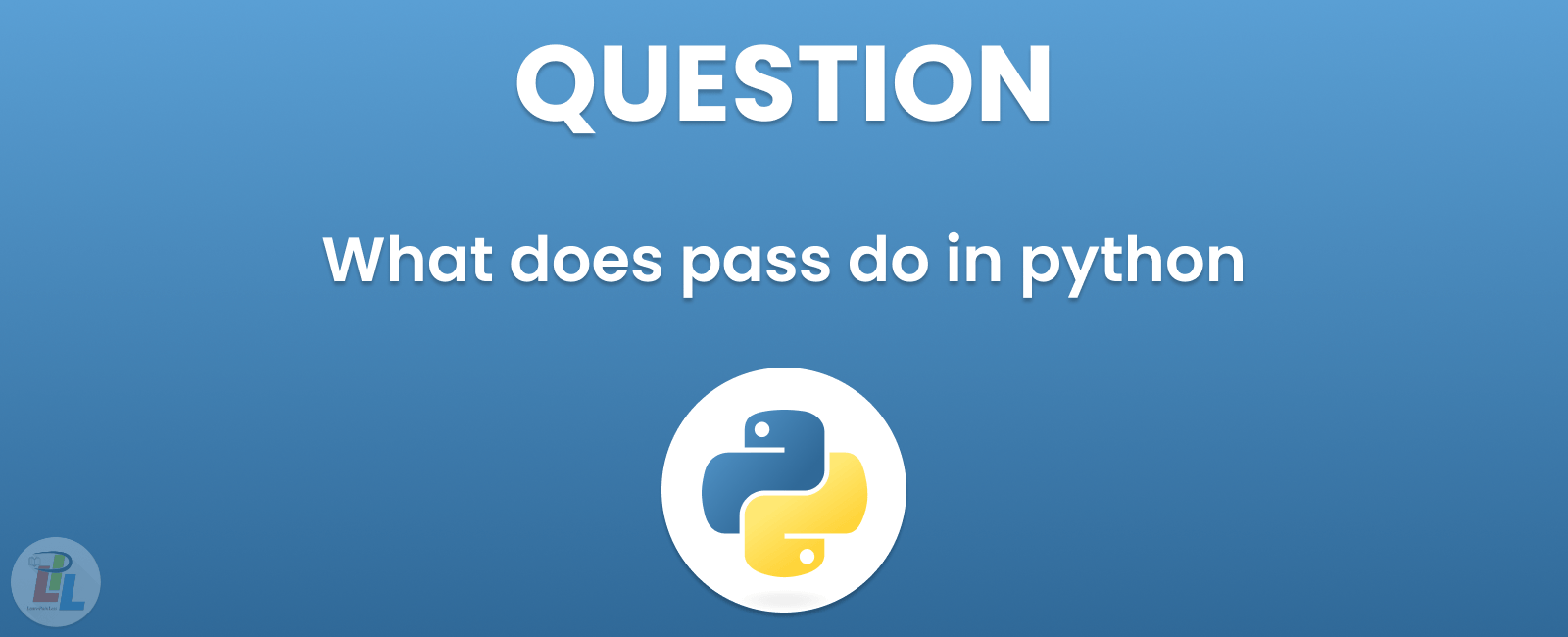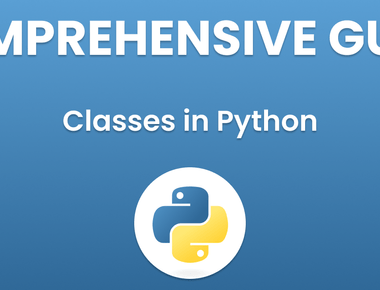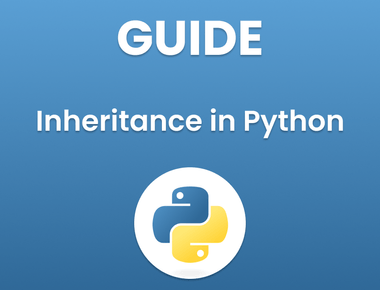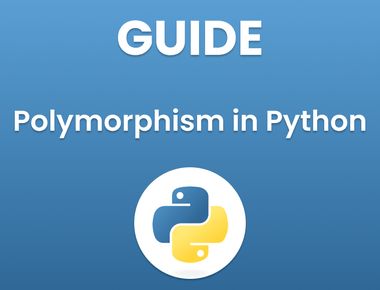Table Of Contents

Understanding the ‘pass’ statement in Python
Python is one of the most popular programming languages in the world, and it is no surprise that many beginners and experienced programmers alike use it to build a wide range of applications. One of the many concepts in Python that every programmer must understand is the ‘pass’ statement. In this article, we will discuss what doe pass do in Python and how it can be used effectively in programming.
What is the ‘pass’ statement in Python?
In Python, the ‘pass’ statement is a null statement that does nothing. It is commonly used as a placeholder or a stub in code, especially when the code needs to be written in advance but the specific logic has not yet been determined. The ‘pass’ statement is also used to handle exceptions or errors that occur in the code. It is important to note that the ‘pass’ statement does not produce any output or change the program’s behavior in any way.
When should you use the ‘pass’ statement in Python?
There are many situations where the ‘pass’ statement can be useful in Python programming. Some of the most common use cases include:
Defining a function or class that does nothing
When defining a function or class in Python, you may need to include the ‘pass’ statement if the function or class has not yet been fully implemented. This allows you to write the function or class shell and add the specific logic later without generating errors in the meantime.
For example:
def my_function():passclass MyClass:passHandling exceptions or errors
The ‘pass’ statement can be used in Python to handle exceptions or errors that occur in the code. In situations where you do not want to take any action when an exception occurs, you can use the ‘pass’ statement to handle the exception silently.
For example:
try:# Some code that may raise an exceptionexcept:passCreating an empty loop
Sometimes, you may want to create a loop in Python that does nothing. In such cases, you can use the ‘pass’ statement as a placeholder in the loop body.
For example:
while True:passAdding a placeholder in a conditional statement
In Python, conditional statements such as ‘if’ and ‘else’ require a statement to execute when the condition is met. If you do not have a statement to execute, you can use the ‘pass’ statement as a placeholder.
For example:
if x == 0:passelse:# Some code to execute when x is not equal to 0Writing code that is not yet complete
When working on a large project, you may need to write code that is not yet complete. In such cases, you can use the ‘pass’ statement as a placeholder until you have the necessary logic to complete the code.
For example:
# Some code that is not yet completedef my_function():pass
In conclusion, the ‘pass’ statement in Python is a null statement that does nothing. It is commonly used as a placeholder or a stub in code and can be used in many situations, including defining a function or class that does nothing, handling exceptions or errors, creating an empty loop, adding a placeholder in a conditional statement, and writing code that is not yet complete. And finally, we learned about What doe pass do in python.
If you want to improve your Python programming skills, understanding the ‘pass’ statement is an important step. By using the ‘pass’ statement effectively, you can write more efficient and effective code that meets your programming needs.
Subscribe to our newsletter!
Quick Links
Legal Stuff
Social Media







